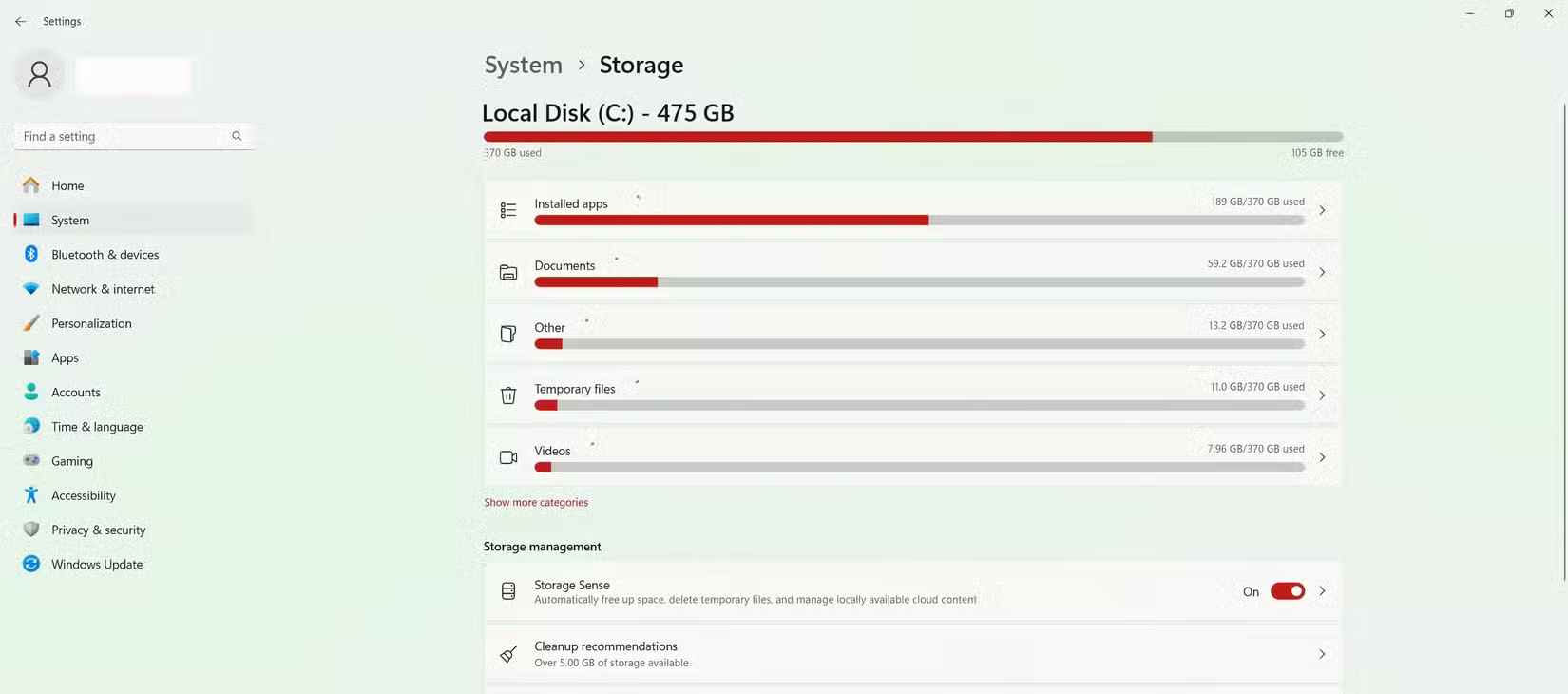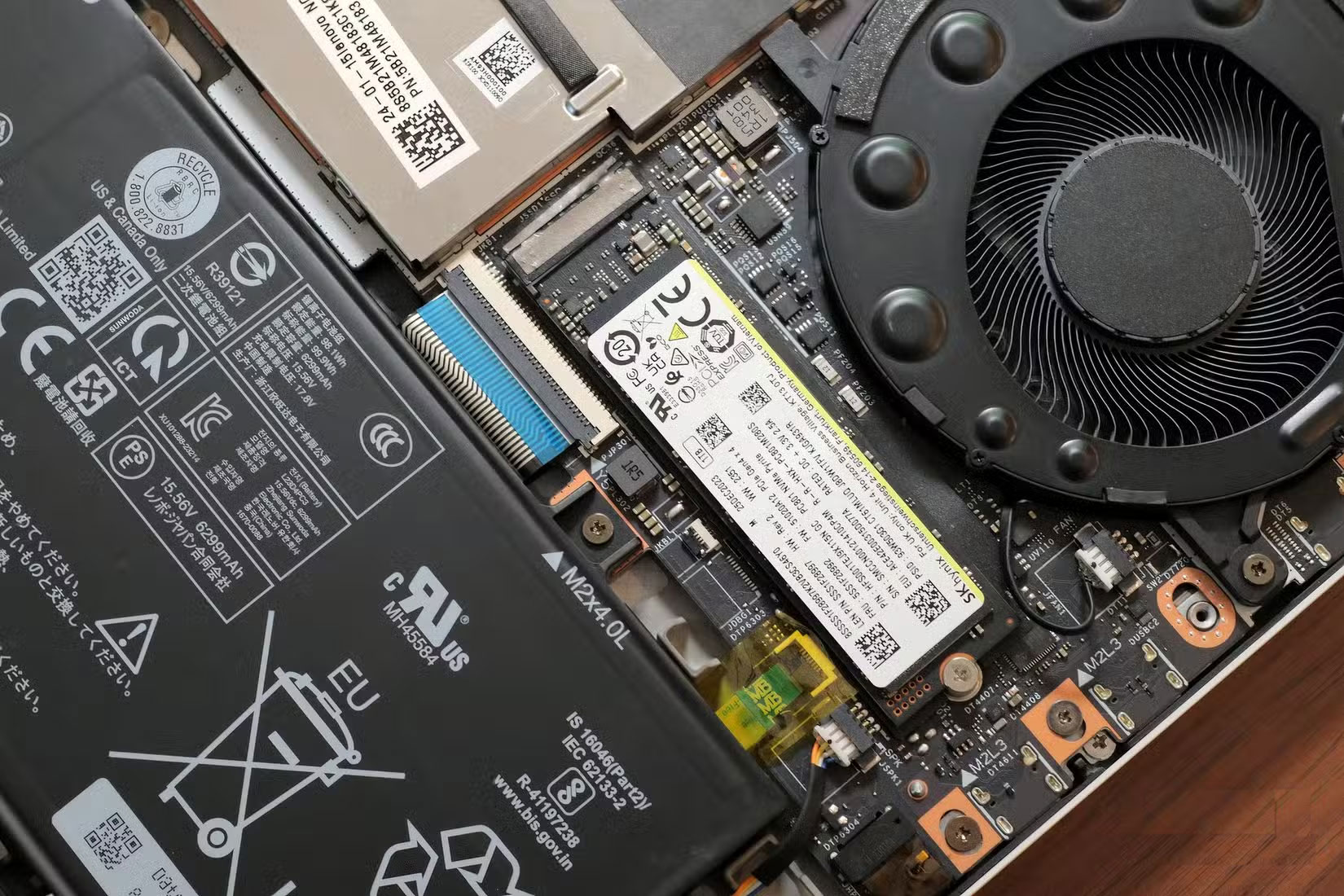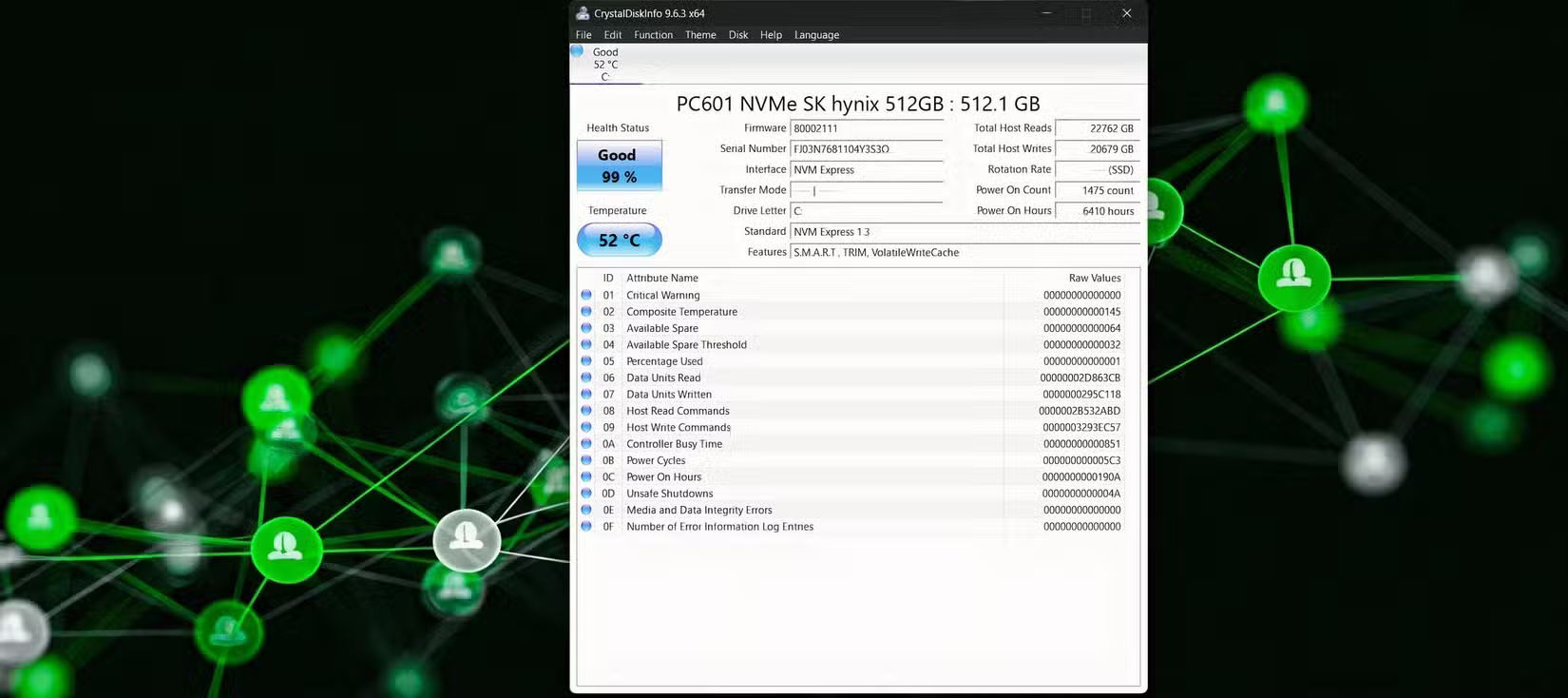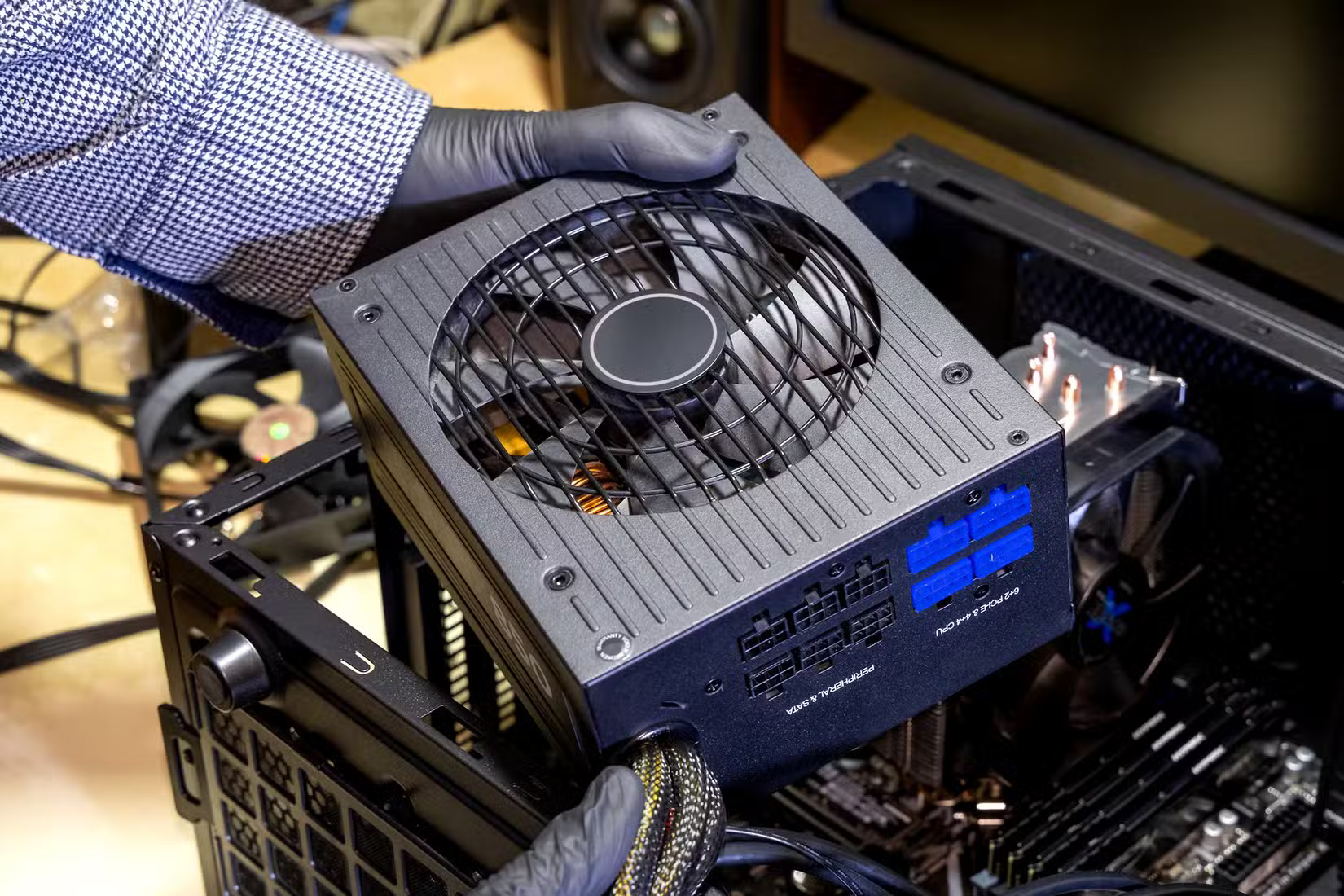Mistakes That Are Silently Reducing the Life of Your SSD
SSDs don't die overnight. Their decline is often slow and insidious, often due to seemingly innocuous daily habits. If you want your drive to last for years without unexpectedly failing or slowing down, avoid these common mistakes.
9. Fill up SSD

Think of your SSD as a highway. When traffic is distributed, things move smoothly. When every lane is packed, progress slows and stress increases.
To keep your drive healthy, try to keep at least 10-20% free. Many SSDs have built-in overprovisioning to help with this, but adding more free space is a smart way to extend the life of your drive.
8. Defragment SSD
If you're used to mechanical hard drives, defragmentation may seem like standard maintenance. But with SSDs, it's not only unnecessary, it's harmful.
Defragmentation rearranges files into contiguous blocks to reduce mechanical read times. But SSDs have no moving parts. They can access any bit of data instantly, regardless of its location. Running a defragmentation process just results in thousands of pointless writes, prematurely wearing out the memory cells.
7. Continuously record and re-record large files

Every SSD has a limited number of write cycles. While modern drives are very durable, constantly writing and rewriting large files still takes its toll.
This type of stress is common in tasks like video editing, managing large databases, or using an SSD as a cache drive. Each save, move, or write consumes more write cycles.
6. Skip firmware updates
Firmware is the internal software that controls how an SSD operates. It manages processes like data allocation, wear leveling, and performance tuning.
Manufacturers occasionally release firmware updates to fix bugs, improve performance, or extend the life of the drive. Skipping these updates can lead to compatibility issues or miss out on improvements that can extend the life of the drive.
Checking every few months is a small effort that can prevent major data loss in the future.
5. Let the drive run in a hot state for too long

SSDs are generally efficient and durable, but heat is their enemy. If your drive is regularly operating at temperatures above 70°C, it will fail faster than normal.
High temperatures affect the memory cells and controller chips that manage the flow of data. This can cause performance degradation, malfunction, or eventual failure.
Laptops often have poor cooling, while desktops with poor airflow can overheat under heavy use. If your system becomes sluggish under load, monitor the SSD temperature using tools like CrystalDiskInfo or the drive manufacturer's software.
4. Power failure and improper shutdown
Sudden power outages may seem harmless, but they can cause significant damage to an SSD. Traditional hard drives will stop the read head when the power is lost. However, SSDs often rely on capacitors and software processes that take time to complete writes properly.
Improper shutdowns—such as forcing a power off or letting the battery run out of power—can disrupt important processes, including garbage collection and wear leveling. This increases the likelihood of file corruption or operating system failure.
3. Never check SMART stats or drive status

SSDs don't make a sound when they fail, but they do silently monitor their health using SMART (Self-Monitoring, Analysis, and Reporting Technology), which is the digital equivalent of a warning light on a car's dashboard.
SMART statistics can alert you to rising temperatures, bad sectors, and deteriorating health indicators - sometimes before catastrophic failures occur.
Make it a habit to check the health of your SSD every few months or whenever performance drops. If your SSD starts to show signs of failure, back up your data and prepare to replace it.
2. Store SSD for long periods of time without power
SSDs are not ideal for long-term, unplugged storage. Unlike hard drives , SSDs use electricity to store data, and that charge can slowly dissipate over time when there is no power source.
If you leave an SSD in a drawer for a year or two, especially in a warm environment, you may find corrupted data when you plug the SSD in. This risk is higher with cheap SSDs and in high temperature environments.
1. Using cheap PSU or unstable power supply

SSDs are only as reliable as the power they receive. Cheap or unstable power supplies can cause power spikes, brownouts, or noise that can damage components.
Low-end PSUs may lack features like overvoltage protection or stable output regulation, resulting in data corruption, performance issues, or in some cases, complete hardware failure .
Always choose a quality PSU from a reputable brand. Stability is more important than power.
You should read it
- 5 mistakes in the past can be corrected from today
- 5 life lessons we are never allowed to forget
- Top 5 most common errors when we learn a new skill
- 7 reasons why never making mistakes is the biggest mistake
- How to Extend the Latest Phone Battery Life 2022
- Reduce battery consumption, slow down for iPhone 5 / 4S when installing iOS 7
 How to use ChatGPT to rearrange messy bookmarks
How to use ChatGPT to rearrange messy bookmarks 'Not a bug, but a feature': Windows Hello face unlock doesn't work in low light
'Not a bug, but a feature': Windows Hello face unlock doesn't work in low light Don't Trust Data Erasure Services Until You Read This!
Don't Trust Data Erasure Services Until You Read This! Inkscape - Free, cross-platform design software
Inkscape - Free, cross-platform design software Change this setting immediately if you use Meta AI!
Change this setting immediately if you use Meta AI! Early Dimensity 9500 benchmark results leaked: 8-core CPU with low clock speed of 3.23ghz, 12-core Mali-G1 Ultra GPU and more
Early Dimensity 9500 benchmark results leaked: 8-core CPU with low clock speed of 3.23ghz, 12-core Mali-G1 Ultra GPU and more